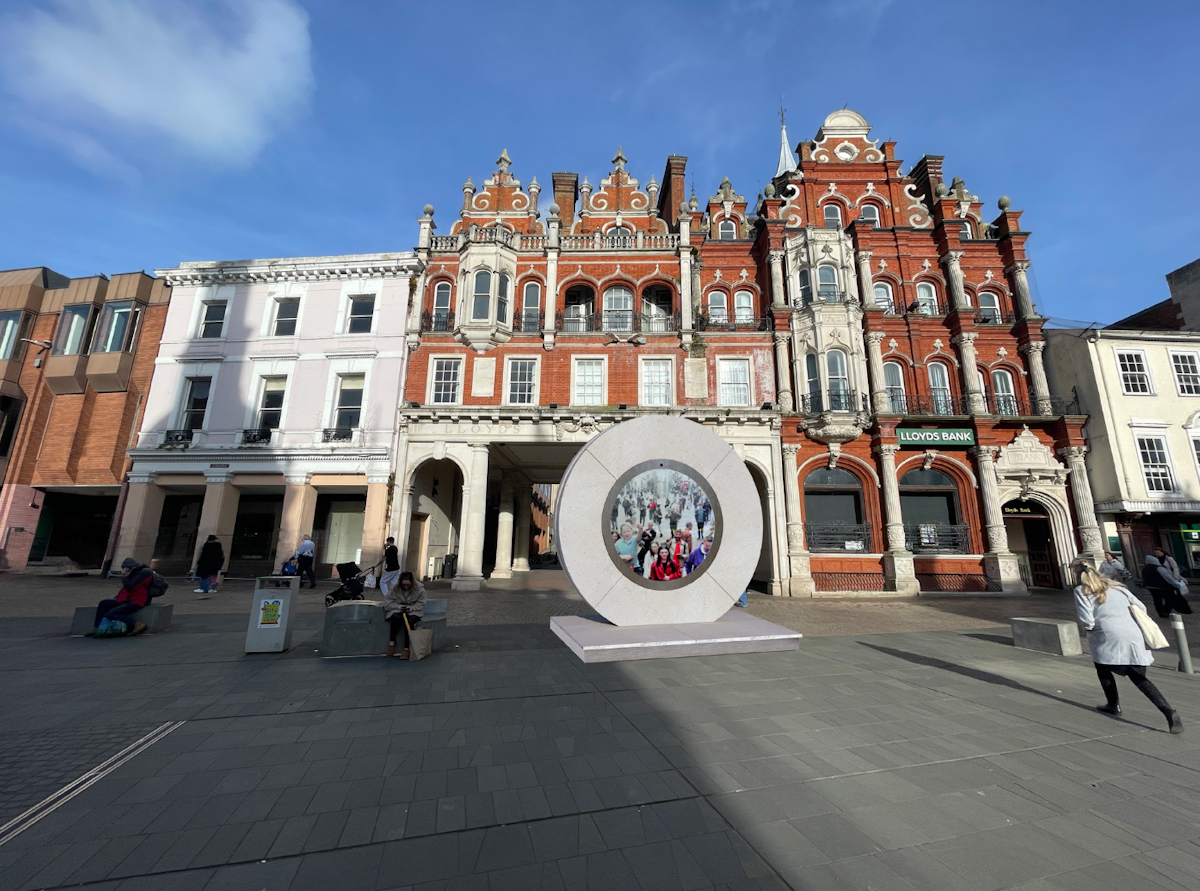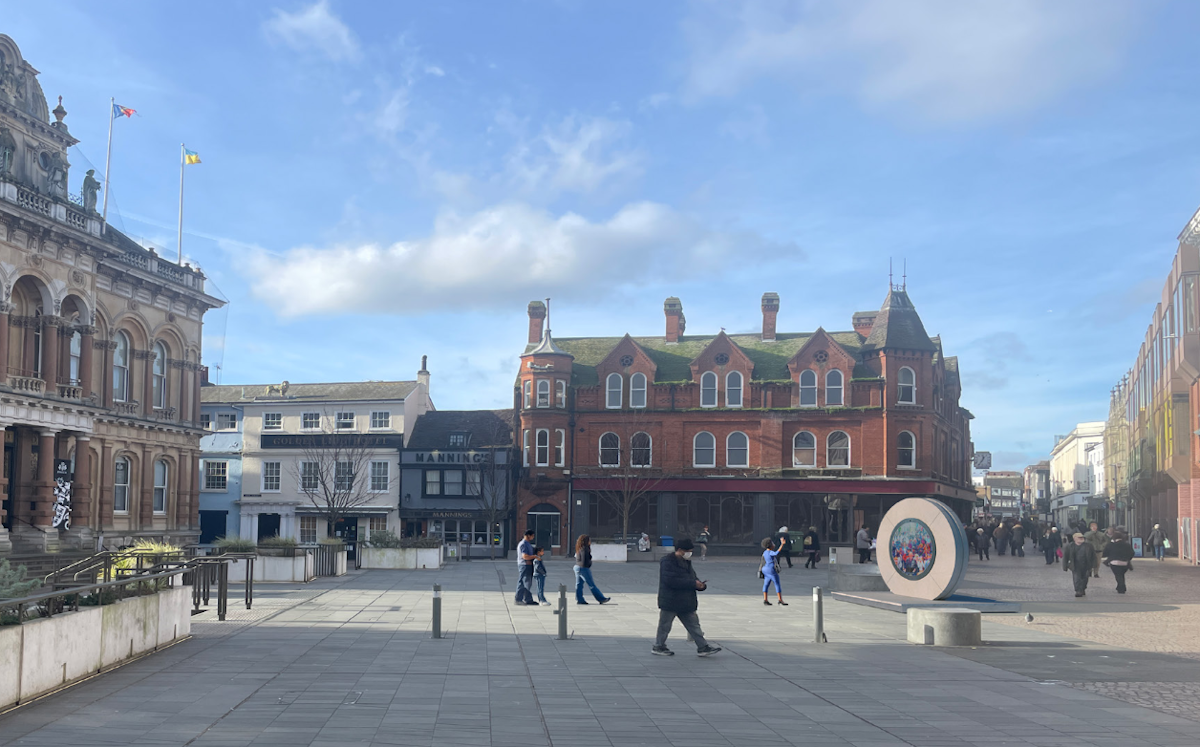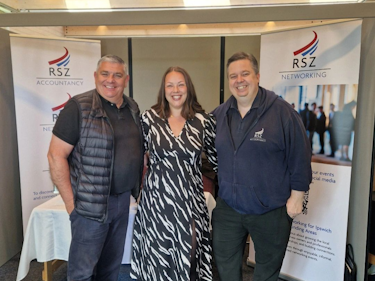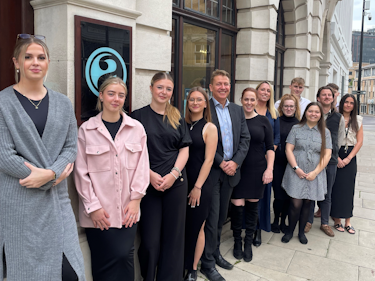The proposed circular sculpture on the Cornhill would create a 24/7 livestream connection to international locations including Dublin, Philadelphia, Vilnius, and Lublin, allowing real-time interaction between Ipswich residents and people thousands of miles away.
While the project's designers describe it as a "contemporary urban feature, creating real-time visual and social connections with other global locations," social media reaction as it so often does, reveals a deeply divided public opinion.

Funding realities vs. public priorities
A significant misconception is the project's financing. Many incorrectly assume the portal would be funded from Ipswich Borough Council's budget, leading to criticism about misuse of taxpayer money.
In reality, the portal would be fully funded by the Towns Fund, a UK government grant specifically awarded to help towns like Ipswich "level up". This funding comes with strict criteria about how it can be spent – it's earmarked for projects like digital innovation and cultural assets, not for fixing potholes or providing basic services.
It's hoped that the project will help rejuvenate the town centre, attract new visitors, support local businesses, and promote Ipswich as a place of culture, connectivity and global relevance. However, the announcement has inadvertently (but not unexpectedly) reopened the debate about the current state of Ipswich town centre.
Residents express valid concerns about the shopping environment, safety, and overall appeal of the area. Many shared nostalgic memories of what they described as a once-thriving town centre, contrasting sharply with their current perceptions.
While no one is going to argue that money is required for fixing potholes, supporting local businesses, improving infrastructure, creating youth facilities, and enhancing public safety, this pot of funding cannot be used for any of those things. The money is specifically earmarked for forward-looking regeneration projects rather than addressing existing infrastructure deficiencies.
Despite this funding reality, there's no getting away from the fact that many clearly feel the grant money could be better invested in addressing what they perceive as more pressing issues facing the town – highlighting the gap between government funding strategies and local priorities.

Xenophobic undertones
Rather than focusing on the portal's intended purpose of cultural exchange, many used the proposal as an opportunity to express anti-immigration views.
These sentiments ranged from "jokes" about sending immigrants back through the portal to derogatory comments about Ipswich's demographic makeup. Such reactions stand in stark contrast to the portal's stated purpose of fostering global connectivity and cultural understanding.
The prevalence and popularity of these comments rehighlights the concerning social divisions that extend far beyond opinions about a sculpture.
Ipswich's self-image problem
Perhaps least surprising was the usual tidal wave of self-deprecation that comes with any announcement of town centre investment. Residents questioning why anyone worldwide would want to see Ipswich at all and enthusiastically talking the town down, seemingly oblivious to the fact that by doing so, they are part of the problem.
A small number of more optimistic voices pointed out that residents tend to criticise both inaction and new initiatives equally, in what has – ironically – become an activity that unites many.
The bottom line
The planning documents show thoughtful consideration behind the portal concept – it would be strategically placed to frame two of Ipswich's most attractive historic buildings, including the Town Hall and The Botanist, showcasing these landmarks to international viewers and potentially improving perceptions of the town.
Similar portals have proven successful elsewhere, with Dublin's installation attracting over one million visitors (and, yes, a few flashers, too) in just six months – despite occasional misuse. While concerns about vandalism feature prominently in public responses, the potential benefits for Ipswich's cultural profile and tourism cannot, and should not, be dismissed.
In the end, however, the reaction to this proposal has revealed more than just opinions about a single piece of digital infrastructure – it's re-exposed deeper feelings about Ipswich's identity, how residents see their town, and what they believe it needs most.
Perhaps the most important question isn't whether the portal gets built, but whether Ipswich can overcome its cycle of self-deprecation long enough to embrace any vision for its future.








